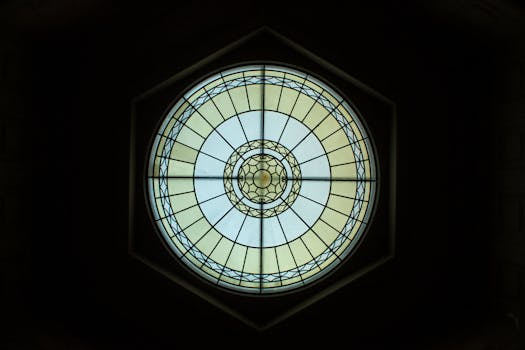
Traveling Through Time: How Europe’s Historical Heritage Shapes Modern Lifestyles in 2025
Traveling Through Time: How Europe’s Historical Heritage Shapes Modern Lifestyles in 2025. Europe, a continent steeped in history and tradition, has a unique ability to blend its rich heritage with modern lifestyles. From the ancient ruins of Greece and Rome to the medieval castles of England and France, Europe’s historical landmarks continue to inspire and influence contemporary culture. In this article, we’ll explore how Europe’s historical heritage shapes modern lifestyles in 2025, and what this means for travelers and locals alike.
Architecture and Urban Planning
One of the most visible ways in which Europe’s historical heritage shapes modern lifestyles is through architecture and urban planning. Many European cities, such as Rome, Paris, and Vienna, have preserved their historic centers, with narrow streets, grand piazzas, and iconic landmarks like the Eiffel Tower and St. Peter’s Basilica. These cities have managed to balance preservation with modernization, incorporating contemporary architecture and design into their historic frameworks. For example, the city of Barcelona has seamlessly integrated modernist buildings, like Antoni Gaudí’s Sagrada Família, into its medieval streetscape.
Art and Culture
Europe’s historical heritage has also had a profound impact on the continent’s art and culture. From the Renaissance to the modern era, European artists have drawn inspiration from their historical surroundings, creating works that reflect the continent’s rich cultural diversity. Today, this legacy continues, with many European cities boasting world-class museums, galleries, and performance venues. The Louvre in Paris, the Uffizi Gallery in Florence, and the Tate Modern in London are just a few examples of the many institutions that showcase Europe’s incredible artistic heritage. Moreover, the continent’s vibrant cultural scene is characterized by a plethora of festivals, concerts, and events that celebrate its history and tradition, such as the Venice Carnival and the Tomatina festival in Spain.
Cuisine and Gastronomy
European cuisine is another area where the continent’s historical heritage has had a lasting impact. The Mediterranean diet, which originated in ancient Greece and Rome, is still widely popular today, with its emphasis on fresh vegetables, fruits, and whole grains. Many European countries have also preserved their traditional cooking methods, such as pasta-making in Italy, pastry-baking in France, and beer-brewing in Germany. Moreover, the continent’s rich culinary diversity has been shaped by its history of trade and cultural exchange, with many dishes reflecting the influences of various empires and civilizations, such as the Moorish influence on Spanish cuisine and the Ottoman influence on Turkish cuisine.
Conclusion
In conclusion, Europe’s historical heritage continues to shape modern lifestyles in 2025, from architecture and art to cuisine and culture. As we travel through time, we can see how the continent’s rich history has influenced the way people live, work, and interact with one another. Whether you’re exploring the ancient ruins of Greece, sampling the local cuisine in Italy, or attending a festival in Spain, Europe’s historical heritage is always present, waiting to be discovered and experienced.





